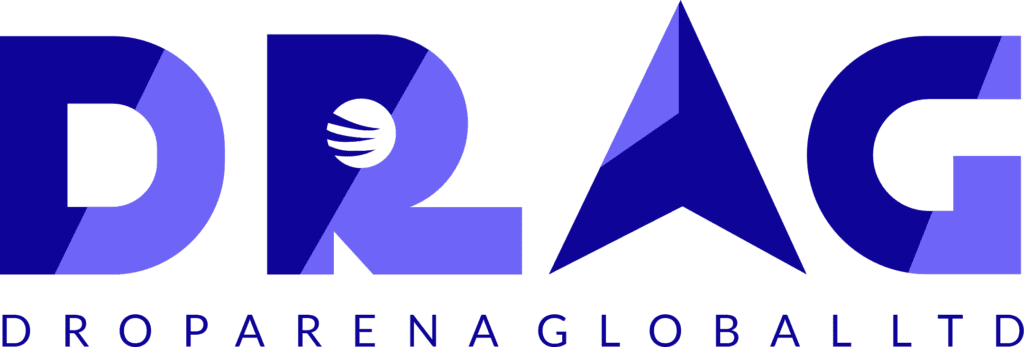Artificial intelligence (AI) is revolutionizing various industries, and web design is no exception. One of the most exciting developments is AI-generated art, which blends technology and creativity to produce stunning visuals. This intersection of AI and artistic expression is reshaping the landscape of web design, offering new opportunities for innovation and engagement. In this blog post, we’ll explore how AI-generated art is being utilized in web design, its benefits, and some inspiring examples.
The Role of AI in Generating Art
AI-generated art involves using algorithms and machine learning models to create visual content. These models can analyze vast amounts of data from existing artworks, learn patterns and styles, and then produce original pieces that mimic human creativity. Tools like DeepArt, DALL-E, and Artbreeder have made it easier for designers to incorporate AI-generated art into their projects.
Benefits of AI-Generated Art in Web Design
- Unique and Diverse Visuals: AI can generate a wide range of styles and patterns, providing web designers with a vast pool of unique visuals that can make websites stand out.
- Efficiency and Cost-Effectiveness: Creating custom artwork from scratch can be time-consuming and expensive. AI tools can produce high-quality visuals quickly and at a lower cost.
- Personalization: AI-generated art can be tailored to fit specific themes, branding, or user preferences, enhancing the overall user experience.
- Creative Inspiration: AI can serve as a source of inspiration for designers, offering new ideas and perspectives that might not have been considered otherwise.
Applications of AI-Generated Art in Web Design
- Backgrounds and Textures: AI-generated art can be used to create dynamic backgrounds and textures that add depth and interest to a website. For example, the website for the design agency Fjord uses AI-generated patterns to create a visually engaging backdrop that evolves based on user interaction.
- Custom Illustrations: Websites often require custom illustrations to convey specific messages or themes. AI tools can generate these illustrations, ensuring they are unique and aligned with the brand’s visual identity. The platform Runway ML allows designers to create custom illustrations using AI, providing a personalized touch to web design projects.
- Data Visualization: AI-generated art can transform complex data into visually appealing and easy-to-understand graphics. The website for Airbnb’s Data Science team utilizes AI-generated visuals to represent data insights in a creative and engaging manner.
- Interactive Elements: AI can be used to create interactive elements that respond to user actions, enhancing engagement and interactivity. For example, the website This Person Does Not Exist uses AI-generated faces that change every time the page is refreshed, showcasing the capabilities of AI in generating realistic human images.
Examples of AI-Generated Art in Web Design
- DeepArt: This tool uses neural networks to turn photos into artwork inspired by famous artists. Websites can use DeepArt to generate unique header images or backgrounds that add an artistic flair. For instance, a blog about art history might use DeepArt to create thematic visuals that match the content of each post.
- DALL-E: Developed by OpenAI, DALL-E generates images from textual descriptions. Designers can use DALL-E to create bespoke images that fit specific themes or concepts. For example, an e-commerce site selling fantasy-themed products could use DALL-E to generate fantastical creatures or landscapes for their product pages.
- Artbreeder: This platform allows users to blend images and create new artwork through genetic algorithms. Web designers can use Artbreeder to experiment with different styles and generate custom visuals. For example, a music streaming website might use Artbreeder to create album cover art for playlists or artist profiles.
Challenges and Considerations
While AI-generated art offers numerous benefits, there are also challenges and ethical considerations to keep in mind:
- Originality and Authenticity: Ensuring that AI-generated art does not infringe on existing artworks or mimic them too closely is important for maintaining originality.
- Bias in AI: AI models can sometimes reflect biases present in their training data. It’s crucial to monitor and mitigate these biases to ensure fair and inclusive representations.
- Ethical Use: The use of AI in art generation should respect the work of human artists and not undermine their contributions. Proper attribution and respect for intellectual property rights are essential.
Conclusion
AI-generated art is opening new doors for creativity and innovation in web design. By harnessing the power of AI, designers can create unique, personalized, and engaging visuals that enhance the user experience. As technology continues to evolve, the potential for AI-generated art in web design will only grow, offering exciting possibilities for the future of digital creativity. Whether you’re looking to create stunning backgrounds, custom illustrations, or interactive elements, AI-generated art can provide the tools and inspiration needed to bring your web design projects to life.
Read more blog post

